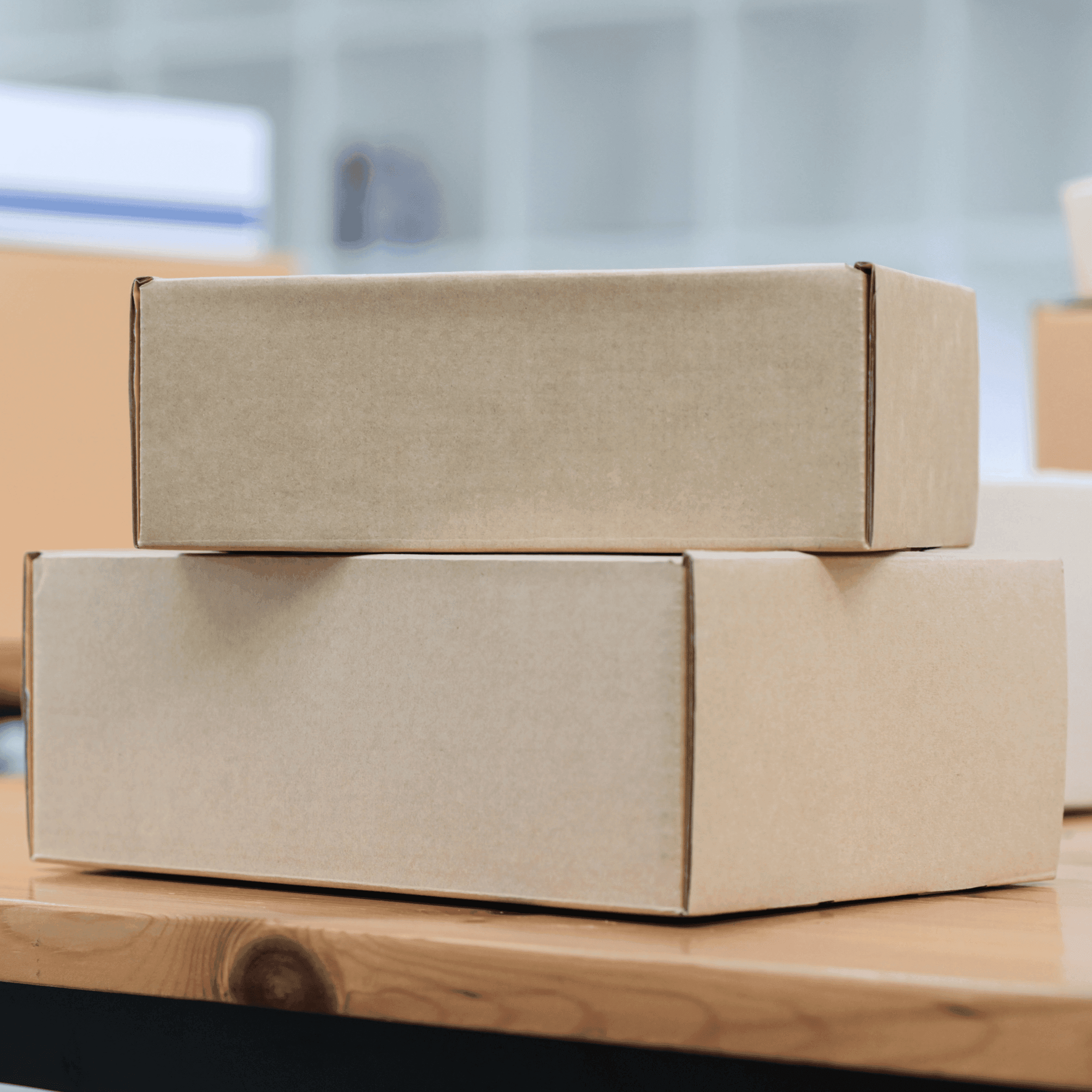Holiday peak season is when packaging moves from being a cost center to being part of the product itself. Shoppers are not just buying items; they are buying gift-ready experiences, unboxing moments, and brand stories that feel worth the wait and the spend. For brands, this creates both pressure and opportunity—and that is exactly where 3PLs become critical.
Below is an in-depth look at holiday packaging trends, what consumers expect, and how 3PL providers can translate those expectations into scalable, operational reality.
Why Holiday Packaging Matters More Than Ever
Holiday shoppers judge brands long before they use the product. The exterior shipping box, internal product packaging, and final unboxing experience all influence:
- Perceived product value
- Brand trust and loyalty
- Social media sharing and word-of-mouth
- Return rates and support inquiries
- Repeat purchase behavior in Q1
For ecommerce brands, especially those selling gifts, packaging is often the only physical touchpoint with the customer. That makes holistic, operations-friendly holiday packaging a top priority.
Trend 1: Gift-Ready, Minimal-Effort Packaging
During the holidays, many customers ship directly to recipients. They want gift-ready packaging that requires little or no extra wrapping:
- Attractive branded boxes and printed mailers
- Tissue paper, crinkle fill, and stickers that feel festive but not overdone
- Pre-applied gift labels or simple “To/From” inserts
- Options to add gift notes or holiday cards at checkout
From an operations standpoint, this means 3PLs must build repeatable kitting workflows that still allow for variation—such as including different cards, messages, or gift options per order—without slowing down fulfillment.
How 3PLs deliver it:
- Creating standardized holiday pack-out recipes that define every component: box type, filler, insert, label placement, and sealing method.
- Using pre-kitted gift sets when possible, so packers can pick one SKU instead of multiple items and components.
- Leveraging WMS packaging rules to ensure the correct gift options, inserts, and notes are automatically applied to eligible orders.

Trend 2: Sustainable and Responsible Packaging
Consumers increasingly expect sustainable packaging as a baseline, not a bonus. That is especially true when they are ordering multiple holiday gifts and seeing the cumulative waste from boxes and fillers.
Key expectations include:
- Recyclable corrugate and paper-based mailers
- Right-sized boxes that do not feel “over-packaged”
- Plastic-free or reduced plastic fillers
- Clear labeling that packaging is recyclable, compostable, or FSC-certified
At the same time, holiday shipping volumes demand practical, protective packaging. A broken gift is worse than an extra layer of bubble wrap. The balance between sustainability and protection is where experienced 3PLs play a major role.
How 3PLs deliver it:
- Running packaging tests to confirm which eco-friendly materials can protect products through parcel networks during peak season.
- Implementing cartonization logic to choose the smallest viable box or mailer for each order while protecting contents.
- Offering standard sustainable packaging programs—for example, default kraft mailers, recycled paper void fill, and paper tape—that brands can opt into.
- Tracking damage rates by packaging configuration and adjusting standards ahead of peak periods.
Trend 3: Branded Unboxing Experiences at Scale
Holiday orders are the perfect moment to reinforce brand identity. Customers expect more than a generic brown box when they are buying from a DTC brand or a premium holiday collection.
Popular elements of branded unboxing include:
- Custom printed mailers or shippers with brand colors and messages
- On-brand tissue, stickers, or belly bands
- Holiday-specific inserts with campaign messaging, QR codes, or discount codes for January
- Coordinated inner and outer packaging so the experience feels cohesive from the mailbox to the product reveal
The operational challenge is making all of this repeatable and cost-effective when order volumes surge.
How 3PLs deliver it:
- Defining tiered packaging experiences (for example, “standard,” “premium,” and “VIP”) and mapping them to order types, order values, or customer segments.
- Pre-assembling branded kit components (such as tissue-in-box with stickers applied) so packers only need to place the product and seal.
- Using barcode-driven instructions in the warehouse so each order type triggers the correct pack-out flow.
- Storing holiday-specific packaging SKUs separately for easy segregation from standard year-round packaging.
Trend 4: Personalization, Notes, and Custom Inserts
Holiday gifting is emotional. People want to send something that feels personal, even when they are buying from a large ecommerce brand. Increasingly, they expect:
- The option to add custom gift messages
- Different card designs to match occasions, holidays, or tone
- Personalized discount codes or thank-you notes
- Tailored product recommendations included in the package
This kind of personalization can create major complexity on the warehouse floor if not designed for operations.
How 3PLs deliver it:
- Integrating order data (gift messages, card selections, segment tags) into the pick/pack workflow so packers see exactly what needs to be included.
- Printing gift messages on demand on thermal or laser printers, eliminating manual handwriting bottlenecks for most orders while still allowing handwritten options for VIP programs.
- Using SKU-based inserts so certain products or categories automatically trigger specific cards, samples, or cross-sell materials.
- Establishing quality checks for personalized orders, since a single error (wrong name, wrong message) can damage the gifting experience.

Trend 5: Omnichannel Consistency – DTC, Marketplace, and Retail
Holiday shoppers often encounter a brand in multiple places—direct-to-consumer sites, marketplaces, retail shelves, and even pop-up events. They expect consistent packaging, even across channels:
- Products bought on marketplaces should feel similar in quality to those purchased on the brand’s own site.
- Retail packaging, gift sets, and online bundles should share design language.
- Holiday limited editions should be recognizable whether they ship to home or are purchased in-store.
For brands working with big-box retailers and marketplaces, packaging is not only about aesthetics; it is also about compliance, labeling, and barcode accuracy.
How 3PLs deliver it:
- Managing channel-specific packaging requirements (for example, retail-ready packaging, shelf trays, or floor displays) alongside DTC holiday kits.
- Maintaining separate pack-out standards for DTC orders, wholesale shipments, and retailer-compliant pallets while still using shared inventory where possible.
- Applying GS1-compliant barcodes, retail stickers, and holiday promotions without disrupting the core fulfillment process.
- Coordinating kitting and rework projects to convert standard stock into holiday bundles, gift sets, and special configurations for different channels.
Trend 6: Right-Sizing and Damage-Free Delivery
Nothing ruins a holiday like a damaged gift. Consumers expect holiday packaging to survive rough handling, long-distance shipping, and winter weather—especially when they are cutting it close to their gifting deadline.
At the same time, they are increasingly aware of over-packaging, especially when a small product shows up in a comically large box.
How 3PLs deliver it:
- Using right-sized cartons and mailers driven by product dimensions and order profiles.
- Running drop tests and transit simulations for fragile or high-value holiday SKUs to determine the correct void fill and cushioning.
- Creating special handling procedures for fragile, perishable, or temperature-sensitive holiday items.
- Segmenting orders by risk profile and applying extra protection only where needed, balancing cost and safety.
Trend 7: Speed, Transparency, and “Holiday-Proof” Packaging Ops
Holiday shoppers have two non-negotiable expectations: on-time delivery and clear communication. Packaging has to support those operational goals rather than slow them down.
Customers look for:
- Fast processing times during peak weeks
- Accurate order contents with no mis-picks
- Clear labeling, packing slips, and return info inside the box
- Packaging that supports carrier scanning and on-time delivery (barcodes visible, labels properly applied, no tape over codes)
How 3PLs deliver it:
- Standardizing holiday pack-out stations with all necessary materials in one place.
- Pre-building holiday kits ahead of peak to reduce touchpoints during crunch time.
- Implementing packing checklists in the WMS to minimize mis-picks and missing inserts.
- Training teams on label placement and carton sealing standards to prevent carrier issues and delays.
- Building buffer capacity in labor and materials so the operation does not fail when order volumes spike.

Trend 8: Holiday Packaging as a Retention and Q1 Strategy
Holiday orders are often first-time purchases. Packaging is a major lever for turning those one-time holiday buyers into loyal customers in Q1 and beyond.
Brands are using holiday packaging to:
- Introduce hero products in bundled sets that encourage future reorders.
- Include QR codes or printed calls-to-action leading to re-order pages, subscription offers, or loyalty programs.
- Add samples or trial sizes of complementary products into holiday shipments.
- Share brand story cards, especially for small-batch, artisan, or mission-driven brands.
How 3PLs deliver it:
- Managing sample inventory and ensuring correct pairing of samples with target SKUs or customer segments.
- Packing multi-SKU sets with consistent presentation so the perceived value is high.
- Coordinating holiday campaign inserts with marketing calendars and ensuring older versions are pulled at the right time.
- Tracking kit-level performance (cost, speed, error rate) so brands know which holiday packaging strategies are worth repeating.
Building Holiday-Ready Packaging Programs With Your 3PL
To meet modern expectations, brands cannot treat packaging as a last-minute holiday detail. Successful holiday strategies are built months in advance with 3PL partners that understand both brand experience and operational discipline.
Practical steps include:
- Collaborating with your 3PL to design standard holiday pack-out SOPs.
- Locking in packaging materials, lead times, and MOQs early, especially for custom boxes and printed collateral.
- Running pilot runs of holiday kits before peak, to fine-tune workflows and validate protective performance.
- Aligning marketing promises (gift-ready, eco-friendly, premium) with what the warehouse can execute at scale.
When holiday packaging trends are translated into well-engineered workflows, brands can offer beautiful, sustainable, gift-ready packaging without sacrificing speed, accuracy, or margins. That is where the right 3PL partnership becomes a true extension of the brand—turning peak season from a stress test into a competitive advantage.

Plan Your Holiday Packaging with Confidence—Partner with Snapl Today
Contact Us




